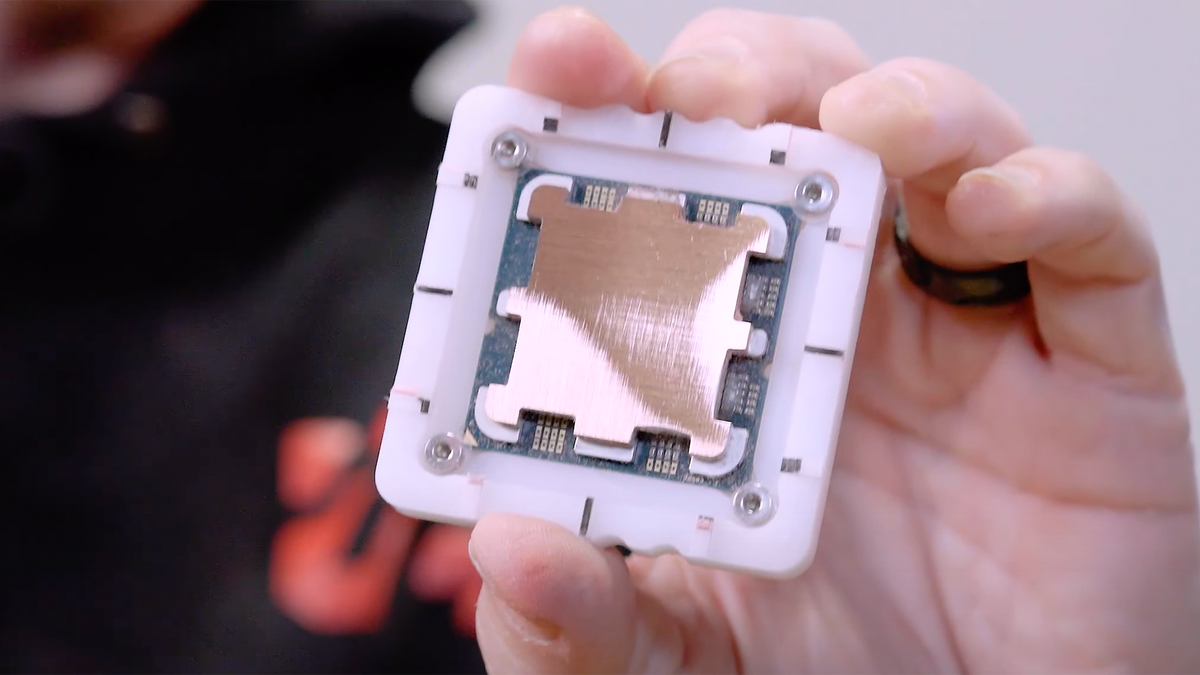Moore’s law 2: thermal boogaloo
Good now shove one inside my Steam Deck
I don’t really get it:
“These new thermal transistors essentially channel that heat throughout the rest of the processor via the use of an electrical field, spreading out the heat evenly. The design innovation that made this possible was a one-molecule-thin layer of molecules that become thermally conductive when charged with electricity. Thermal transistors could move the heat from a hot spot (often in the cores) to a cooler part of the chip. Compared to normal cooling methods, the experimental transistors were 13 times better.”
I don’t understand how the electric field does anything? Like can’t it have a thin layer of molecules that is always thermally conductive rather than needing to be activated? The first part makes it sound like the filed does some of the heat transfer but the second would indicate it just modifies another material.
It’s saying that an electrical field that is generated activates the thermal conductivity of that molecular layer. By controlling the electrical field, thermal conduction can be controlled. This allows certain parts of the chips to have higher thermal conductivity than normal. Which then allows the heat to be redirected to parts of the chip that usually stay cool in conventional processors.
You know on your first read of your comments I did not actually grok it and was still confused but I think now I get it. Its the localization that helps it more than having a generally thermally conductive material across the whole thing. That is if I did indeed get what you are saying.
Yep, at least that’s how I understood it. They are able to change the thermal conductivity of specific parts of the chip which then allows more heat to be redirected into those specific areas than what they experience in conventional chips.
The actual processor cores generally are the largest heat source, where as auxiliary components are relatively cooler. This technology theoretically will heat those cooler areas by transferring heat away from the cores, which in turn cools the cores down.
The current research was done at the transistor level though, which means there is a significant amount of time and work required before complete chips will actually be able to implement this cooling method.
I don’t know, but I think the first sentence obfuscates the second. It reads as if the electrical field makes the material more thermally conductive, not that the field itself is conducting heat. Like, aligning the new material’s molecules so they have lower R-value/higher C-value)?






